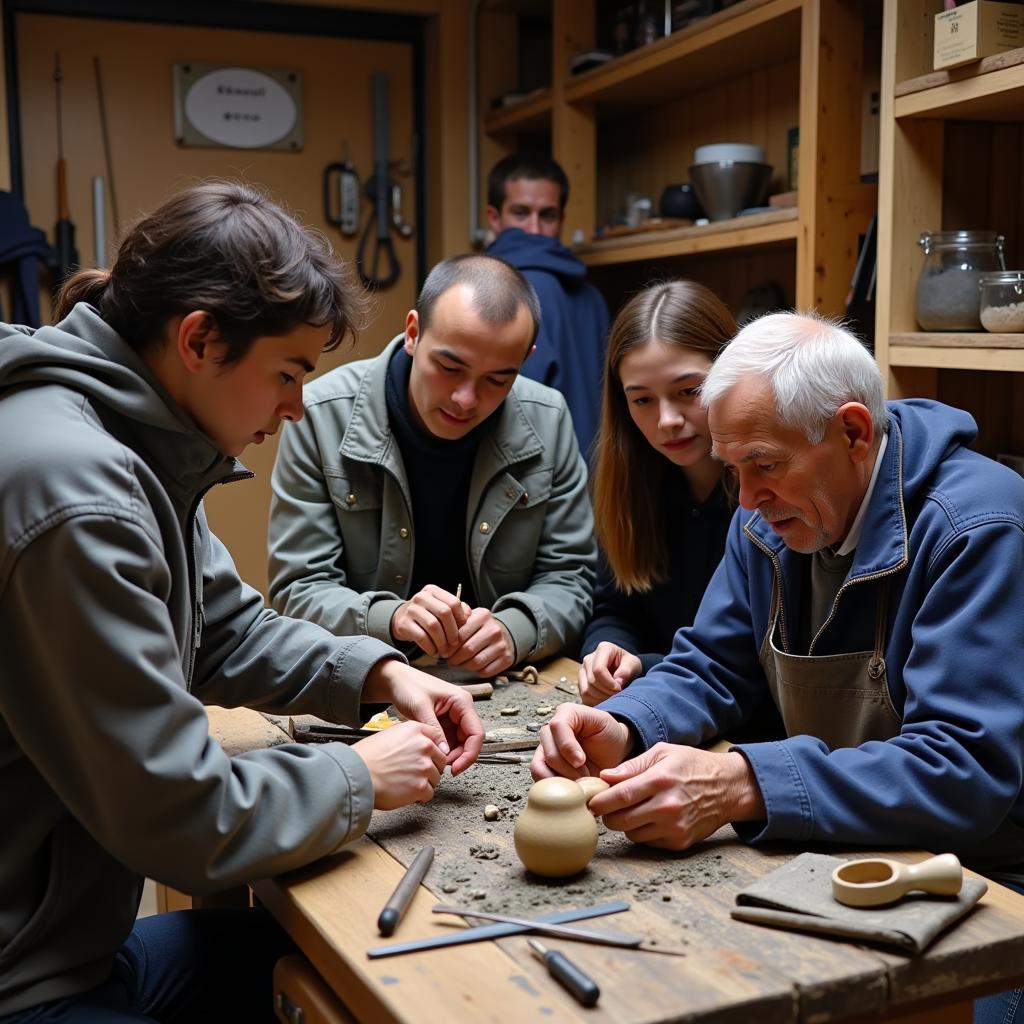The topic of cultural understanding and tolerance has appeared frequently in IELTS Writing Task 2, particularly in recent years. Based on analysis of past exam papers, this theme appears approximately once every 3-4 months, making it a high-probability topic for future tests. Let’s examine some actual questions that have appeared:
Some people believe that cultural traditions may be destroyed when they are used as money-making attractions aimed at tourists. Others believe it is the only way to save these traditions. Discuss both views and give your opinion.
Analysis of the Question
- Topic: Cultural traditions and tourism
- Task: Discussion + Opinion
- Key points to address:
- Impact of commercialization on cultural traditions
- Benefits and drawbacks of using traditions for tourism
- Personal stance on the issue
Sample Essay 1 (Band 8.5)
The commercialization of cultural traditions for tourism purposes has sparked considerable debate regarding its impact on cultural preservation. While some argue that this practice leads to the degradation of authentic traditions, others contend that it actually helps sustain cultural heritage. I believe that when managed thoughtfully, tourism can contribute positively to cultural preservation.
Tourism’s potential threat to cultural authenticity is a valid concern. When traditional practices are modified to appeal to tourists, they may lose their original significance and become mere entertainment. For instance, sacred ceremonies in Bali have sometimes been shortened and simplified to accommodate tourists’ schedules, potentially diminishing their spiritual value. Moreover, the pressure to generate revenue might lead to the standardization of cultural presentations, resulting in what critics call “cultural commodification.”
However, the economic benefits of cultural tourism can actually support tradition preservation. The income generated from tourist activities often provides the financial resources necessary to maintain historical sites, fund cultural education programs, and support local artisans. In Vietnam, for example, traditional craft villages have experienced a revival because tourism has created a sustainable market for their products, enabling younger generations to continue their ancestral crafts. Furthermore, tourist interest can instill a sense of pride in local communities and motivate them to maintain their cultural practices.
In my view, the key lies in striking a balance between preservation and adaptation. Successful cultural tourism requires careful planning and community involvement to ensure that traditions retain their authenticity while becoming economically sustainable. This can be achieved through measures such as limiting tourist numbers at sacred events, providing educational context for cultural presentations, and ensuring that local communities maintain control over how their traditions are shared.

Sample Essay 2 (Band 6.5)
These days, many countries use their cultural traditions to attract tourists and make money. Some people think this is bad for the traditions, but others say it helps save them. I think both sides have good points, but tourism can help save traditions if it’s done carefully.
When traditions become tourist attractions, there can be problems. Sometimes the traditions change too much to make tourists happy. For example, traditional dances might become shorter or less meaningful. Also, when people focus on making money, they might forget the real meaning of their culture.
But tourism can also help save traditions in important ways. First, it gives money to keep traditional activities going. When tourists pay to see performances or buy traditional crafts, this money helps local people continue their traditions. Second, when tourists show interest in local culture, it makes local people feel proud and want to keep their traditions.
I believe tourism can be good for traditions if it’s managed well. Communities should make rules about how to show their culture to tourists. They should also teach tourists about the real meaning of their traditions. This way, traditions can survive and local people can earn money too.
Scoring Analysis
Band 8.5 Essay:
- Task Response: Fully addresses all parts of the task with well-developed ideas
- Coherence and Cohesion: Logical organization with clear progression
- Lexical Resource: Wide range of vocabulary used naturally and precisely
- Grammar: Wide range of structures with full flexibility and accuracy
Band 6.5 Essay:
- Task Response: Addresses main aspects but with less depth
- Coherence and Cohesion: Generally organized but with some inconsistencies
- Lexical Resource: Adequate vocabulary but limited range
- Grammar: Mix of simple and complex structures with some errors
Key Vocabulary
- commodification (n) /kəˌmɒdɪfɪˈkeɪʃən/ – the process of treating something as a product that can be bought and sold
- degradation (n) /ˌdeɡrəˈdeɪʃən/ – the process of something becoming worse or less respected
- authenticity (n) /ˌɔːθenˈtɪsəti/ – the quality of being genuine or real
- preservation (n) /ˌprezəˈveɪʃən/ – the act of keeping something in its original state
- sustainable (adj) /səˈsteɪnəbəl/ – able to continue over a period of time
Consider practicing with this similar topic:
“Some people say that governments should invest in preserving minority languages, while others believe these languages will naturally disappear. Discuss both views and give your opinion.”
Feel free to share your practice essays in the comments section for feedback and discussion.